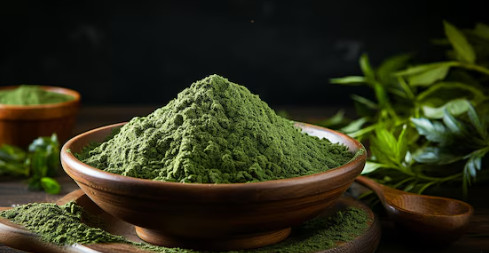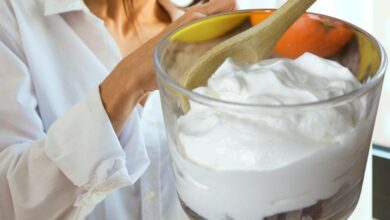
Like many algae, spirulina is a prominent ingredient in natural cosmetics, offering benefits for skin, nails, and, most notably, hair. With its exceptional composition, spirulina enhances hair health by promoting growth, strengthening strands, and adding shine.
Discover why and how to use spirulina for your hair in this comprehensive guide the secret of Spirulina for Hair.
The Nutritional Composition of Spirulina
The secret to spirulina’s hair benefits lies in its rich nutritional profile:
- Proteins: 65% (including all essential amino acids)
- Carbohydrates: 15%
- Minerals: 7% (Calcium, Iron, Zinc, Magnesium, and more)
- Lipids: 6% (including linoleic and gamma-linolenic acids)
- Fibers: 2%
- Vitamins: Beta-carotene, B1, B12, K, E, and others
- Antioxidants
Spirulina’s high protein content supports keratin production, a vital component of hair structure, offering protection against external aggressors like pollution and UV rays. Additionally, its iron and vitamin-rich formula helps combat hair loss and improve overall hair quality.
How Spirulina Benefits Hair
1. Combating Hair Loss
Spirulina strengthens the scalp, encouraging healthier and faster hair growth while reducing aging and hair loss. Regular use can even help prevent balding and conditions like alopecia.
Pro Tip: Combine spirulina with external ginger applications to enhance blood circulation around hair follicles, boosting growth.
2. Improving Hair Appearance
Spirulina deeply nourishes hair, resulting in:
- Increased volume
- Enhanced shine and softness
- Reduced breakage
- Healthier curls for wavy or curly hair
Over time, spirulina also alleviates dandruff.
3. Preventing Premature Graying
Hair graying often stems from oxidative stress caused by age, toxins, and pollutants. Spirulina, with its antioxidant and detoxifying properties, slows down cell aging and mitigates early graying.
How to Use Spirulina for Hair
Internal Use
Consumption Tips:
For hair benefits, consume spirulina cold to preserve its nutrients. Add it to:
- Smoothies, juices, or soups
- Yogurts, chia puddings, or salads
Dosage:
Start with 1 gram per day in the first week, gradually increasing to 2–5 grams daily. Follow a 4–6-week course, then take a break of the same duration. Avoid exceeding 6 grams per day.
External Use
Nourishing Hair Mask Recipe
Ingredients (for 100 ml):
- Half an avocado
- 2 tbsp castor oil
- 4 tbsp coconut cream
- 1 tbsp spirulina powder
- 5 drops ylang-ylang essential oil
Instructions:
- Blend all ingredients.
- Apply to hair and massage into the scalp.
- Leave for 2 hours, wrapping hair in a towel or plastic wrap.
- Rinse and wash as usual.
Hydrating Hair Mask Recipe
Ingredients:
- 1 yogurt
- 2 tbsp agave syrup
- 1 tbsp spirulina
Instructions:
- Mix all ingredients.
- Massage into scalp and hair.
- Leave for 2 hours, then rinse thoroughly and wash.
Alternative Method:
Add spirulina (5 grams per 100 ml) directly to your shampoo or conditioner.
Tips for Healthy Hair
- Balanced Diet: Spirulina supplements nutritional deficiencies, but a healthy diet rich in vitamins and minerals is key to vibrant hair.
- Hydration: Moisturize hair with natural oils like coconut, jojoba, or castor oil to prevent dryness and breakage.
- Protection: Avoid excessive heat styling and chemical treatments.
Precautions
Spirulina is generally safe, but internal use may not suit everyone. Avoid if you have:
- Hemochromatosis (excess iron)
- Kidney issues
- Phenylketonuria
Follow recommended dosages for optimal results without adverse effects.
Spirulina is more than a supplement; it’s a transformative ingredient for hair care. Use it regularly for lush, healthy, and resilient hair.



